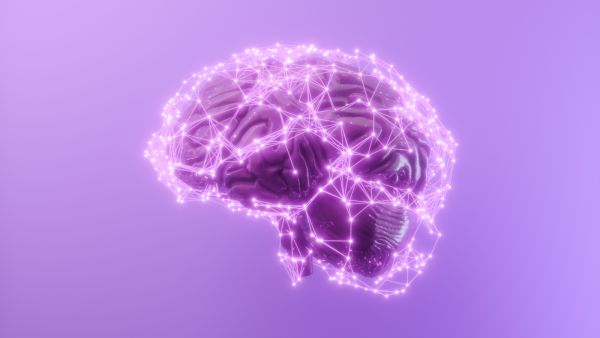
Changes in the ACE2 gene may affect the development of the placenta, a new study of tiny placentas created in the lab has found. (Image credit: FatCamera/Getty Images)
An enzyme that has come to light during the COVID-19 pandemic plays an important role in the healthy formation of the placenta during pregnancy, according to a new study.
An enzyme known as angiotensin-converting enzyme 2 (ACE2) may serve as an entry point for the new coronavirus into human cells. However, in a non-COVID context, ACE2 has significant implications for human health — particularly during pregnancy.
In general, ACE2 is part of a system that regulates blood pressure and fluid levels in the body. In this system, ACE2 promotes vasodilation and initiates anti-inflammatory responses, while its counterpart, angiotensin-converting enzyme (ACE), activates cell and tissue growth.
Previous studies have linked different forms of the ACE2 gene to pregnancy complications such as preeclampsia, which can lead to high blood pressure and liver and kidney problems during or after pregnancy, and babies that are small for their gestational age.
These problems are also associated with abnormalities in the placenta, which provides the fetus with oxygen and nutrients, but the role of ACE2 in the placenta remains unclear.
In a new study, scientists have found that mutating the ACE2 gene or completely turning it off causes lab-grown placentas to become smaller and less symmetrical. The findings, published Feb. 7 in the journal Cell Death and Disease, shed light on the function of ACE2 during pregnancy and may help scientists develop treatments for problems with the gene and its activity.
“If you have [a particular variant in the ACE2 gene], your chances of having a baby who is small for gestational age increase by 23 times,” study co-author Anya Arthurs, a molecular biologist at Flinders University in Australia, told Live Science. “I’ve seen these statistics, but no one has really looked at why that happens.”
Arthurs and her team used stem cells derived from donor placental tissue to create organoids — small, simplified versions of placentas that can be grown in lab dishes. They created some organoids with the normal version of the ACE2 gene and others without it; they also edited a third group to swap one element in the gene for another at a key location. In this way, they made the third group of miniature placentas carry a variant of ACE2 known to be associated with small-for-gestational-age babies.
These genetic changes allowed the team to investigate how ACE2 gene mutations affect placental development.
The scientists found that both organoids lacking the ACE2 gene and those with the edited gene grew more slowly and had less symmetry than organoids with the normal version of the gene. The ratio of ACE2 to ACE proteins was also higher in the edited organoids compared to the normal ones, while those lacking the ACE2 gene did not produce any ACE2 proteins at all.
Overall, these results indicate that an imbalance between these key proteins may negatively impact placental growth and development.
“It’s really important that these two sides of the system are in balance in the tissues,” Arthurs said. “If you only have one side, you’re going to have problems — too invasive and too inflammatory.” With too much ACE, cells can get out of control, as they do in cancer.
“And if the amount of the anti-inflammatory, anti-proliferative ACE2 pathway is too high, then a successful pregnancy will be impossible because the placenta will not be able to develop properly,” Arthurs added.
The study is the first to explore gene editing in a human placental organoid as a way to analyze the molecular causes of pregnancy disorders. Researchers could use the technique to study
Sourse: www.livescience.com





